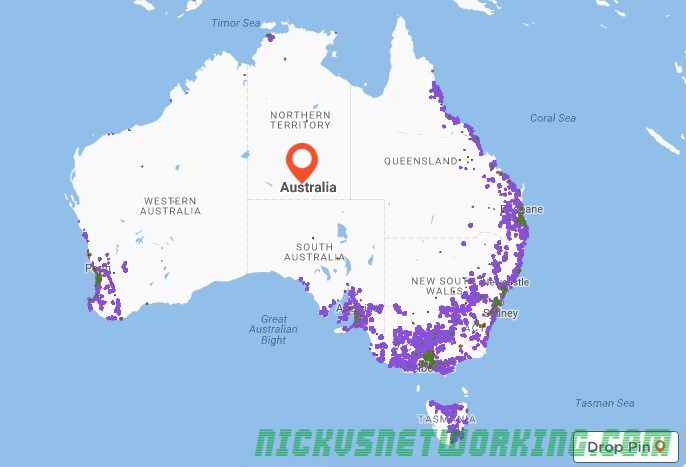GeoIP2 allows simple Geo IP location parsing using mmdb files, to allow us to map IP addresses to geographic locations in standardized format.
Getting the GeoIP Data
MaxMind provide GeoIP2 formatted data ready for use, albeit with limited accuracy.
We need to download them from MaxMind and extract them for use, so let’s download the file:
#> wget https://geolite.maxmind.com/download/geoip/database/GeoLite2-City.tar.gzNext we’ll extract the data:
#> tar -xzvf GeoLite2-City.tar.gzNext we’ll add the below to our Kamailio config (replace the path to the GeoLite2-City.mmdb to your directory).
loadmodule "geoip2.so"
modparam("geoip2", "path", "/home/ubuntu/GeoLite2-City_20190709/GeoLite2-City.mmdb");If you’re planning on using this in production you probably want to automate the pulling of this data on a regular basis and keep it in a different directory.
I’ve made a very simple example Kamailio config that shows off some of the features of GeoIP2’s logic and what can be shown, so let’s look at the basics of the module:
if(geoip2_match("$si", "src")){
xlog("Packet received from IP $si");
xlog("Country is: $gip2(src=>cc)\n");
}If we put this at the top of our request_route block every time we recieve a new request we can see the country from which the packet came from.
Let’s take a look at the output of syslog (with my IP removed):
#> tail -f /var/log/syslog
ERROR: <script>: Packet received from IP 203.###.###.###
ERROR: <script>: Country is: AU
ERROR: <script>: City is: Melbourne
ERROR: <script>: ZIP is: 3004
ERROR: <script>: Regc is: VIC
ERROR: <script>: Regn is: Victoria
ERROR: <script>: Metro Code is: <null>We can add a bunch more smarts to this and get back a bunch more variables, including city, ZIP code, Lat & Long (Approx), timezone, etc.
if(geoip2_match("$si", "src")){
xlog("Packet received from IP $si");
xlog("Country is: $gip2(src=>cc)\n");
xlog("City is: $gip2(src=>city)");
xlog("ZIP is: $gip2(src=>zip)");
xlog("Regc is: $gip2(src=>regc)");
xlog("Regn is: $gip2(src=>regn)");
xlog("Metro Code is: $gip2(src=>metro)");
if($gip2(src=>cc)=="AU"){
xlog("Traffic is from Australia");
}
}else{
xlog("No GeoIP Match for $si");
}
#> tail -f /var/log/syslog
ERROR: <script>: Packet received from IP ###.###.###.###
ERROR: <script>: Country is: AU
ERROR: <script>: City is: Melbourne
ERROR: <script>: ZIP is: 3004
ERROR: <script>: Regc is: VIC
ERROR: <script>: Regn is: Victoria
ERROR: <script>: Metro Code is: <null>Using GeoIP2 you could use different rate limits for domestic users vs overseas users, guess the dialling rules based on the location of the caller and generate alerts if accounts are used outside their standard areas.
We’ll touch upon this again in our next post on RTPengine where we’ll use an RTPengine closes to the area in which the traffic originates.

